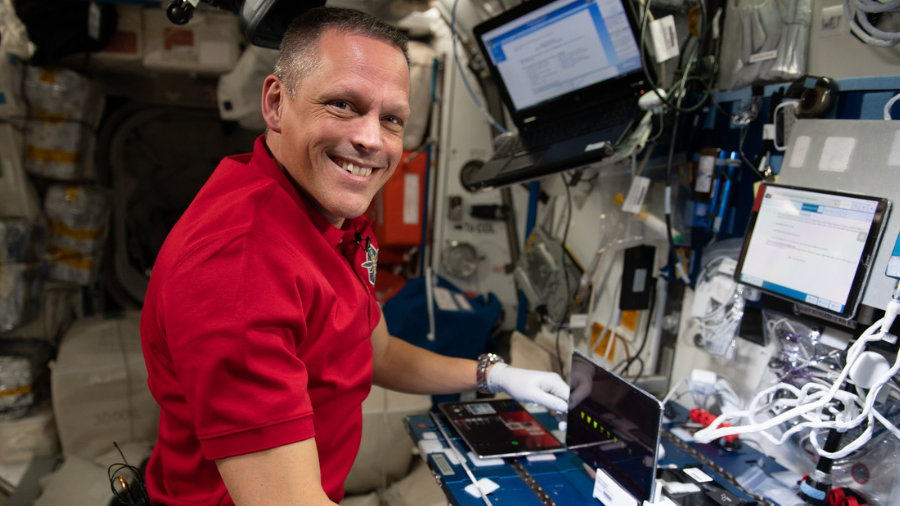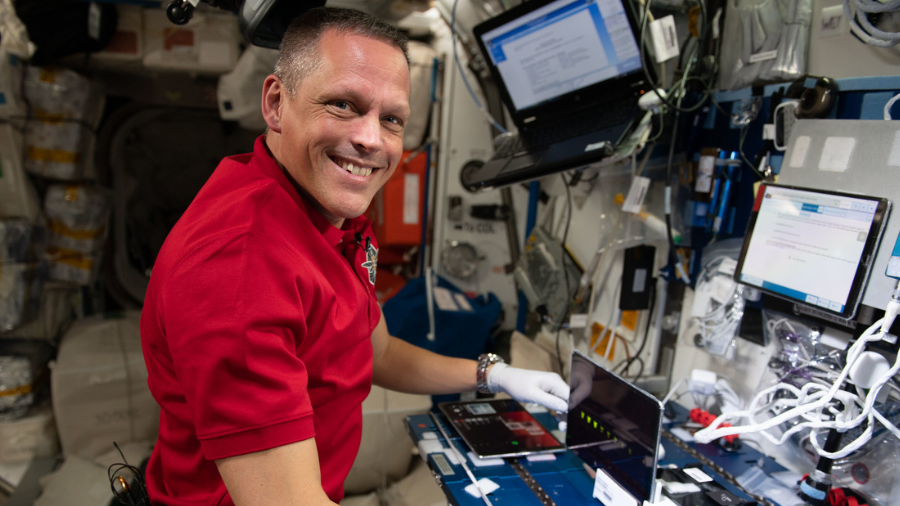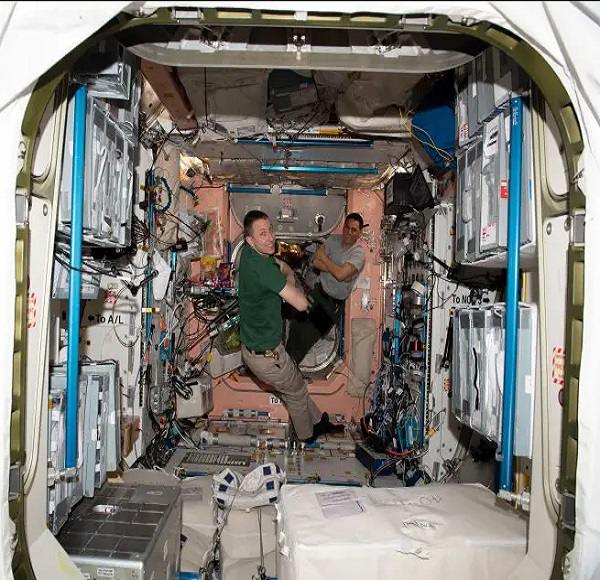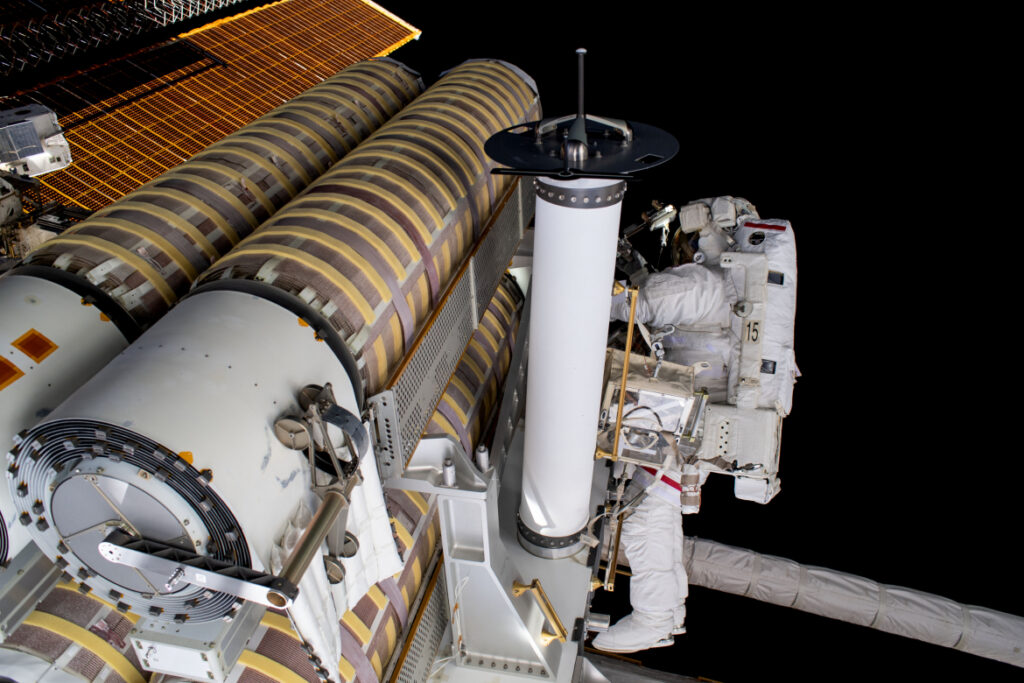
The Expedition 67 crew focused a portion of their time aboard the International Space Station today prepping equipment and samples for various science experiments.
NASA Flight Engineer Kjell Lindgren spent the latter part of the day changing the media for specific samples inside the Life Sciences Glovebox. He performed the task for an investigation studying the effects of microgravity on cell tissue regeneration and whether recovery occurs post-flight. Results could provide insight into whether the effects of the biological aging process can be reversed.
NASA Flight Engineer Bob Hines set up hardware and photographed samples for the Genes in Space-9 study. The experiment evaluates two approaches for using cell-free technology in microgravity, including protein production and biosensors that can detect specific target molecules.
NASA Flight Engineer Jessica Watkins purged and took samples of carbon dioxide from the Thermal Amine Scrubber, which tests a technology for removing carbon dioxide from the station’s atmosphere. She and ESA (European Space Agency) Flight Engineer Samantha Cristoforetti also teamed up to route a power cable for a life support rack.
Cristoforetti concentrated on removing, packaging, and transferring containers for the Space Biofilms-2 experiment. The investigation characterizes the mass, thickness, structure, and associated gene expression of biofilms (molds) that form in space by analyzing a fungal species grown on different materials.
Commander Oleg Artemyev of Roscosmos met with specialists to test a 3D printer. Meanwhile, cosmonauts Sergey Korsakov and Denis Matveev had a chance to take microbial samples from assigned areas aboard the station.
Learn more about station activities by following the space station blog, @space_station and @ISS_Research on Twitter, as well as the ISS Facebook and ISS Instagram accounts.
Get weekly video highlights at: http://jscfeatures.jsc.nasa.gov/videoupdate/
Get the latest from NASA delivered every week. Subscribe here: www.nasa.gov/subscribe




